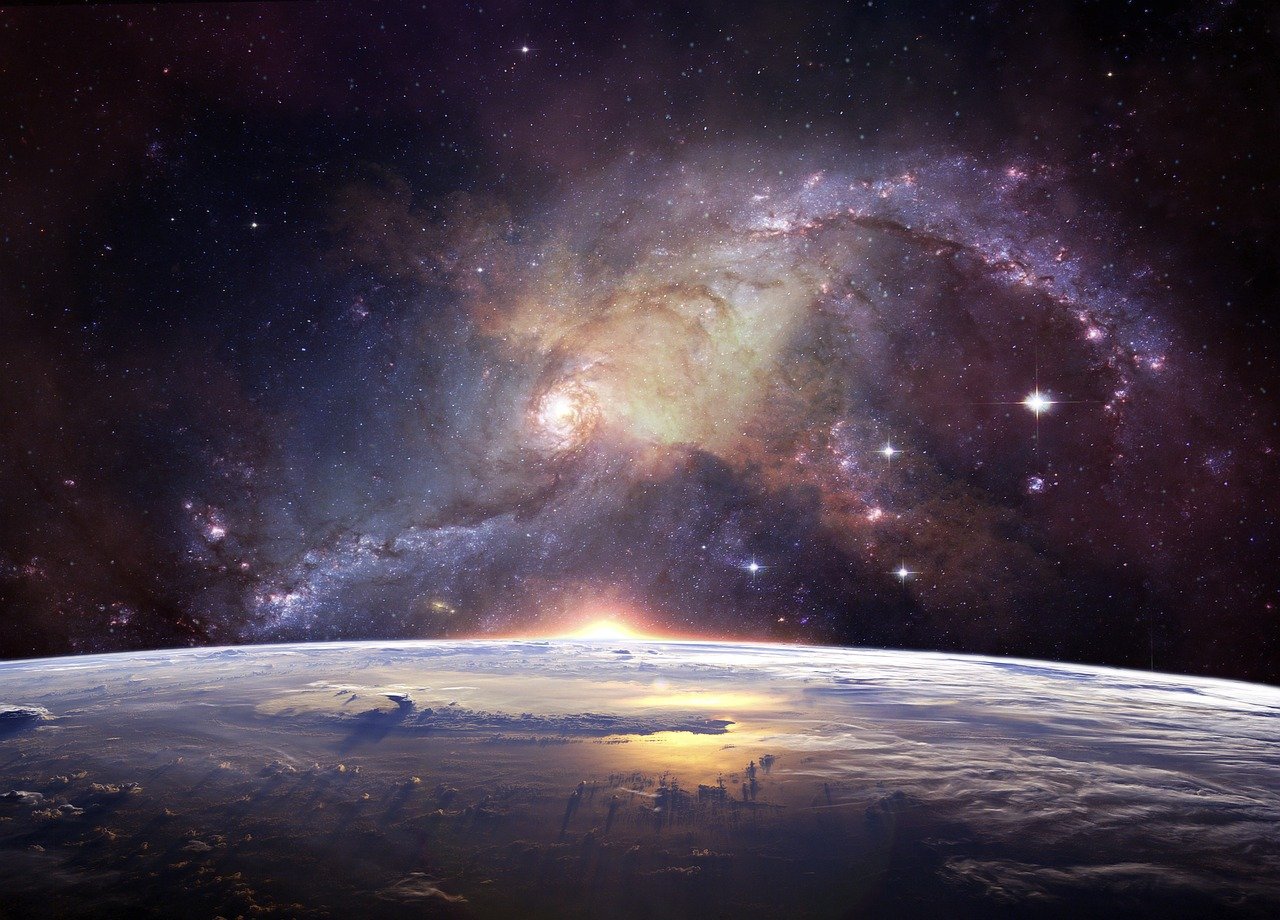Astronomy, one of the earliest research fields, aims to comprehend anything outside of our universe and explain how it came to be. Asteroid belts, planets circling other stars, and other objects visible in the night sky are all studied by astronomers via telescopes on the ground and in space. From the orbital patterns of planets and asteroids to the makeup of stars, we can learn a great deal about objects just by looking at them. Examining every single thing in the cosmos may be a daunting task.
Massive stars, how much further distant they have?
It would seem incredible that we don’t know the solution to such an essential inquiry. Astronomers know precise lengths to a variety of low-mass and moderate stars, after all. Determining the position of a local star concerning more faraway objects from opposite sides of Earth’s orbit is the most dependable technique for obtaining accurate ranges. The measured angular movement of the star is then converted into a distance using simple trigonometry.
The sun is far more extensive than you can realize.
It isn’t easy to know how large the sun is when you gaze up at the sky and see it shining down on you. Consider the following: According to NASA, around a million Earth copies might fit comfortably within. We’d be trembling in the dark if the sun didn’t provide our primary source of energy; its core discharges the equivalent energy of 20 million nuclear bombs. Determine if the separation between the Earth and the sun is constant.
What role did megastars play after the Big Bang?
Only a few light elements were created in the minutes after the Big Bang: hydrogen, helium, and lithium. The earliest stars arose from this combination. This first-star generation is known as “Population III” by astronomers. Because they seeded the universe with heavier elements and, due to their ionizing radiation, rendered the cosmos transparent again, these strange early stars played a vital role in cosmic development. These missing connections between the Big Bang and now will aid scientists in their understanding of the universe’s present state.
You may have a craving for steak after walking across space.
Various smells, varying from metals to a charcoal-broiled steak, have been detected on astronauts’ space suits after returning from a spacewalk. PAHs, who are by of dead stars, are to blame for this. Coal power, firewood, gas, and charcoal-broiled meat releases PAHs as well. Find out what it’s like to smell like deep space.
Jupiter may have “metallic” hydrogen.
In most cases, astronomers see hydrogen and helium as the sole non-metals. Hydrogen, on the other hand, maybe converted into metal at extreme pressure. This essentially implies that it possesses metal-like electrical characteristics. This has been verified in the laboratory, and there is strong reason to believe that “metallic” hydrogen occurs in the deep cores of Jupiter and Saturn.
Uranus is a peculiar planet.
Uranus puzzles astronomers since it is the only planet that spins on its side. A catastrophic collision with an asteroid or another planet, according to specific ideas, may have shifted the planet’s orientation at some time. In any case, when it comes to planet rotations, the solar system is an exception. But then again, space is strange. These are the things that astronauts are unable to perform in the area.
On Venus, a day is equivalent to a year on Earth.
The axis rotation of Venus is very sluggish, taking approximately 243 Earth days to complete one full revolution. Surprisingly, Venus takes even fewer Earth days to complete one cycle around the sun, 226 to be precise.
Moreover, the sun rises every 117 Earth days, implying that the sun will only rise twice each year, all on the same day. The sun will rise in the morning and set in the east due to Venus’s clockwise rotation.

